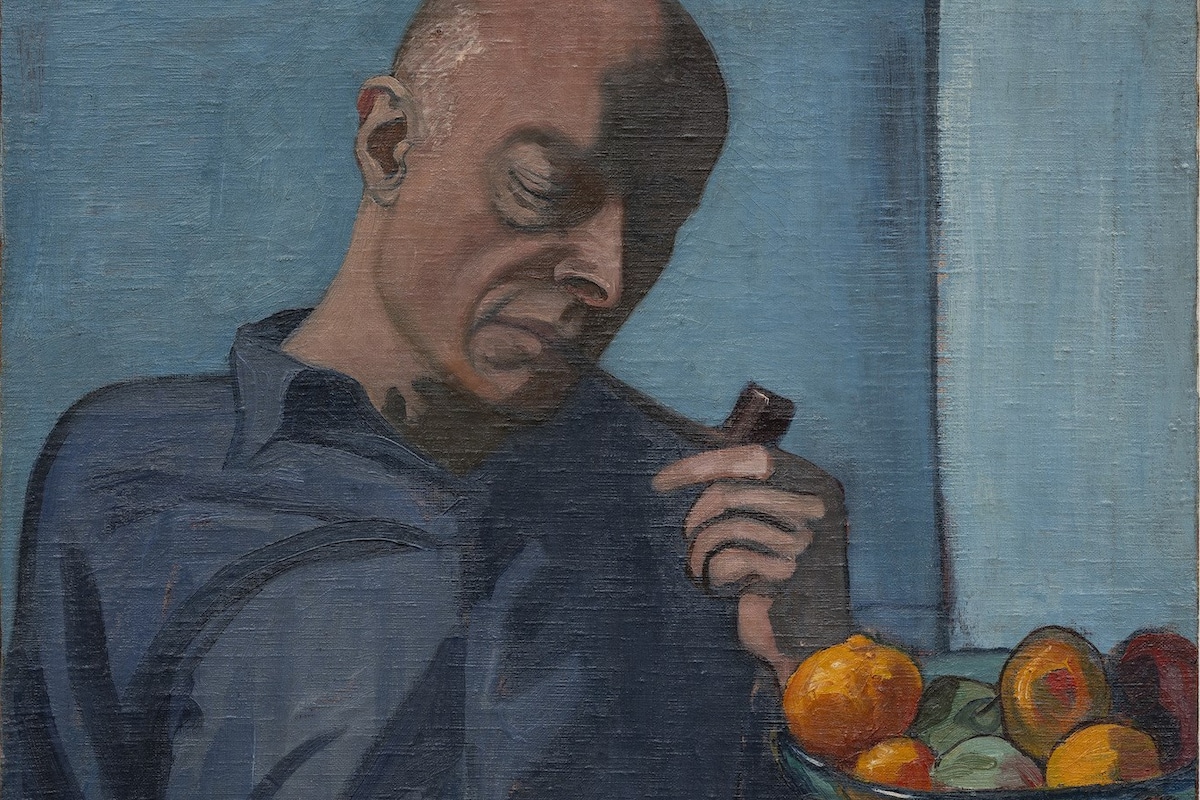
"A dead fish lies still on a chopping board, its rear end sliced off, scales scattered across the wood. One animated eye and open mouth make it look as though it might slither off the table. This is 's Fish Still Life (1950), a small, ghostly painting that is currently on show in Alice NeelStill Lifes and Street Scenes, a new exhibition at Xavier Hufkens in Brussels."
"It was painted the year after Neel's daughter Santillana died of diphtheria. "There's almost a weeping river, the boat is collapsing, the grey of the clouds, the buildings almost falling into the river ... She put her emotions in the imagery," says Ginny Neel, the artist's daughter-in-law, who runs the estate with Hartley, the artist's son. While Neel didn't offer in-depth reasoning for individual works, she did keep diaries in the form of written notes on paper."
A dead fish lies on a chopping board in Fish Still Life (1950), its rear end sliced off, one animated eye and open mouth giving a ghostly, lifelike presence. Harlem River (1928) portrays a boat on turbulent city water painted after the artist's daughter Santillana died, channels of grief and guilt appearing in the imagery. Paintings from the 1940s–50s carry foreboding tension, long shadows, and objects poised between life and death. Interior still lifes depict thick paint and cut flowers hinting at mortality. The 1960s introduce expansive, sunnier street scenes reflecting a changing emotional landscape.
Read at AnOther
Unable to calculate read time
Collection
[
|
...
]